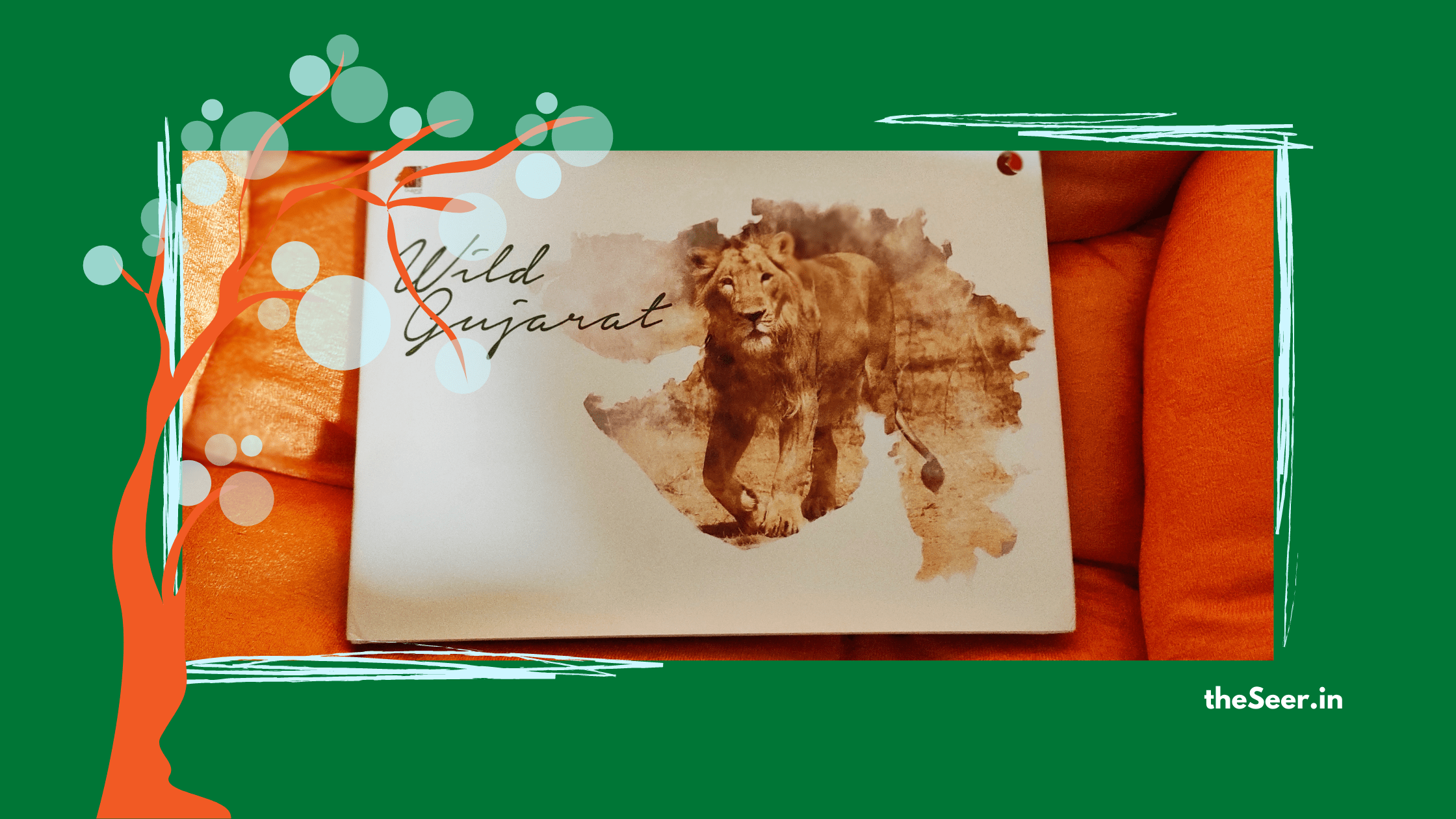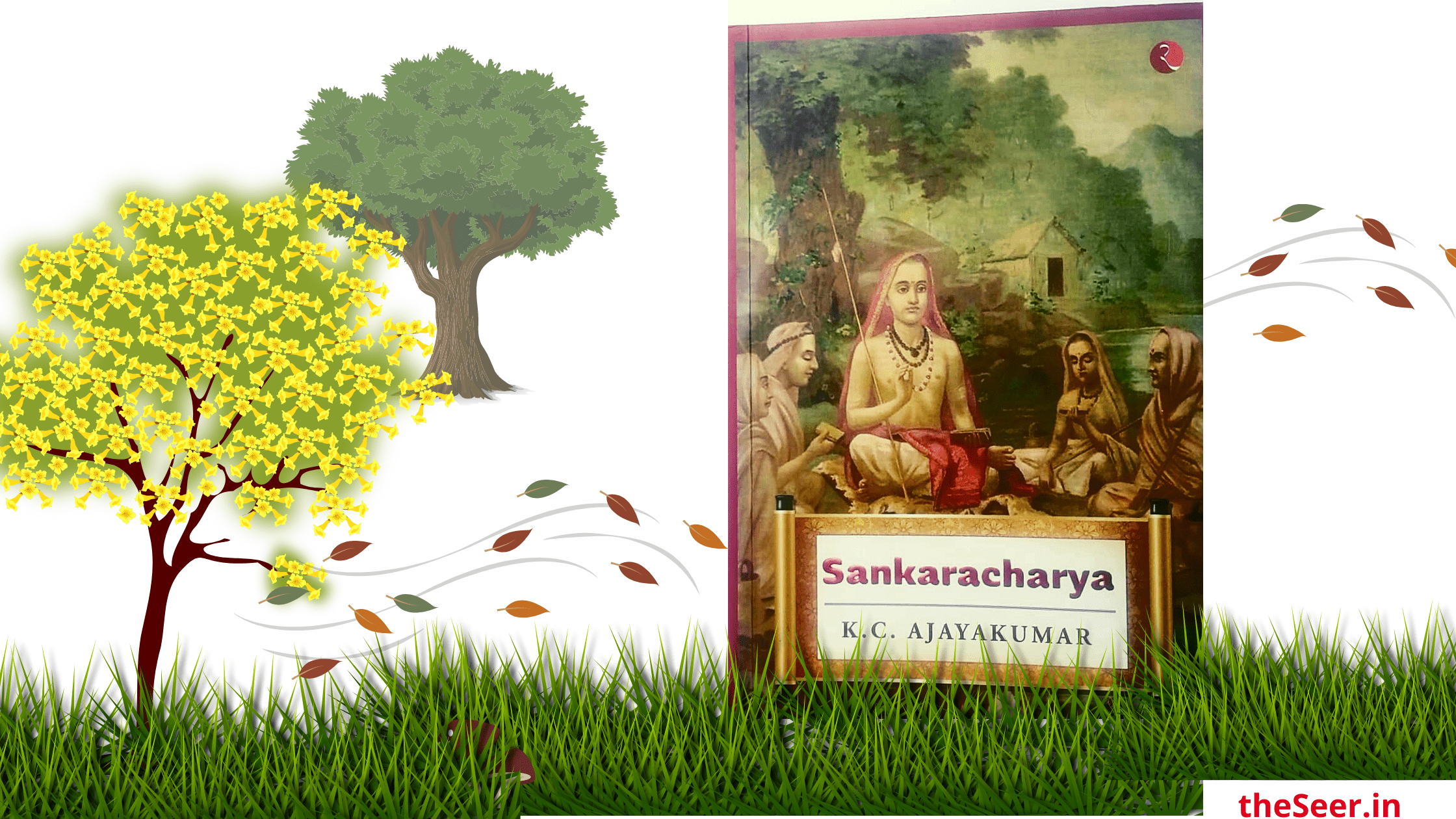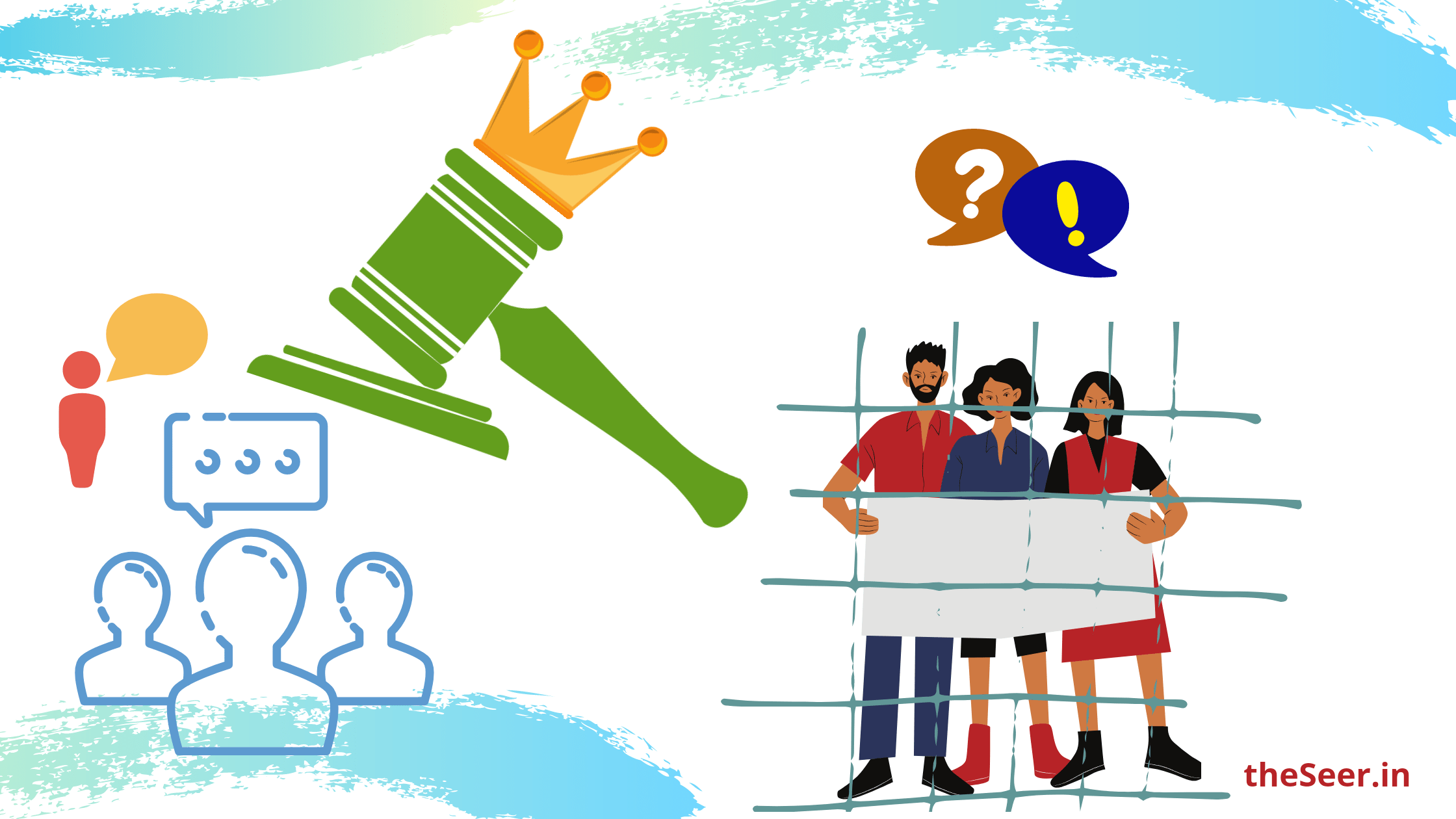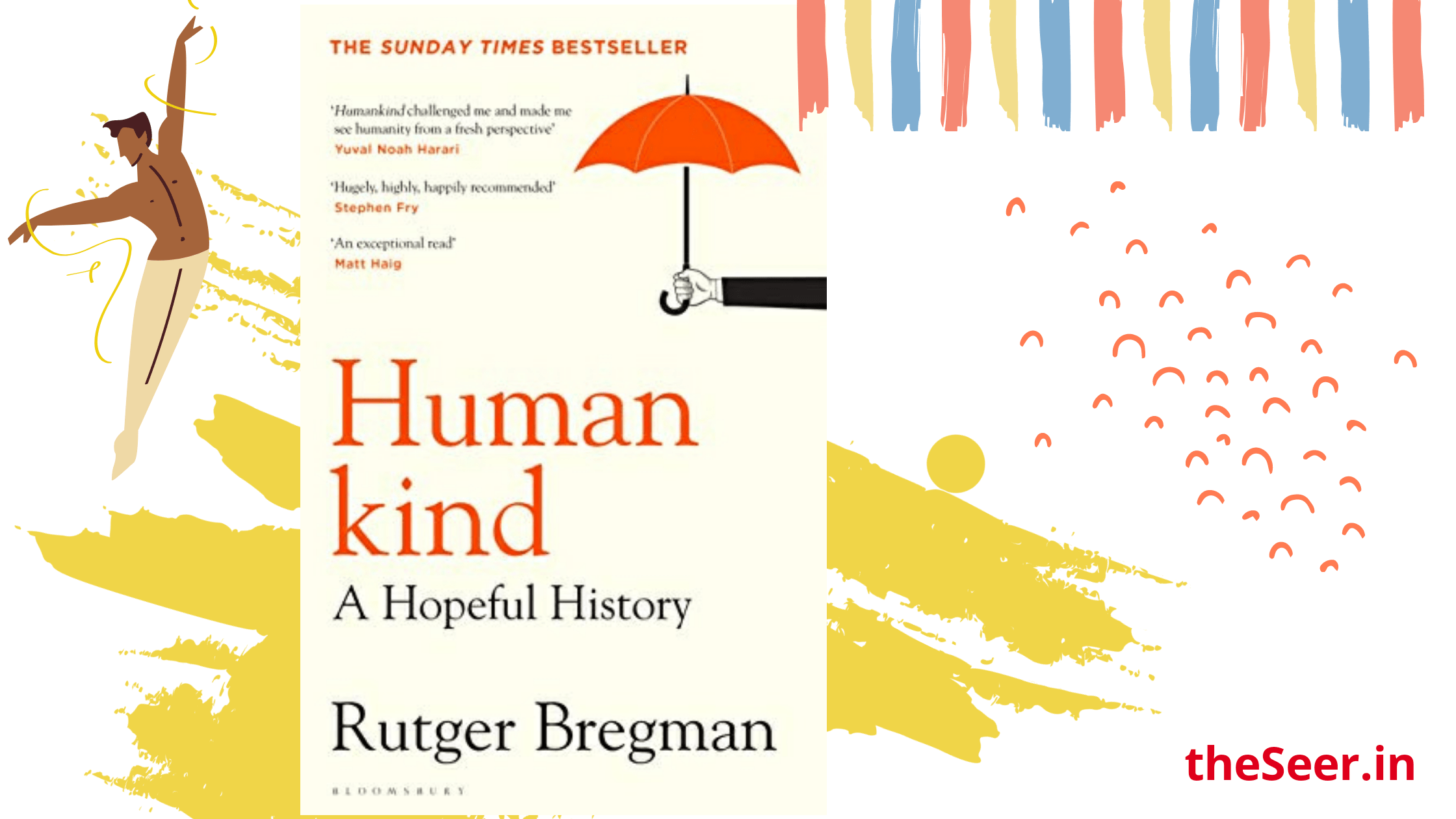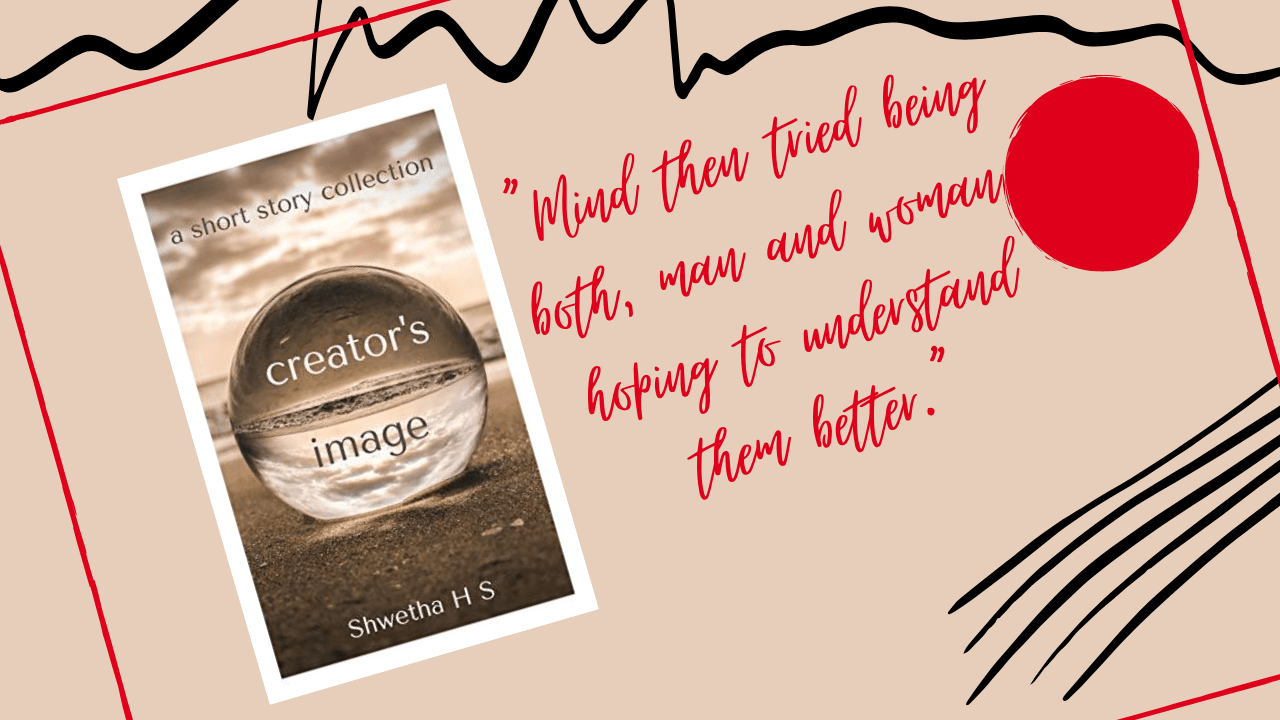China, for a long time, has been considered a black box around the world. Particularly in the Indian context, China evokes images of competition, low quality goods, limited freedom of speech, expansionism, and several other uncharitable feelings. On the other hand, there is the entire film industry in the west as well as in India that would like us to believe that everyone in China can fight with their toes on sticks and all they do is meditate all day. The common perception of China is caricaturish at best and devoid of any real understanding of the place and its people.
We can’t blame the common people for nurturing such perceptions since we believe in what we are fed by our media and politicians. You wouldn’t however, be pleased to discover that people sitting at the top of policy making towers have on multiple occasions betrayed their shallow discernment of China and its communist regimes. This has resulted in several strategic blunders by India when it comes to its China policy. The 1962 war, India’s flip-flops on Tibet, Nehru’s dilatoriness on India’s military modernisation while following a rather vacuous Forward Policy with China, and the failure of successive governments to hold a strong hand on the negotiation table have resulted in massive clouds of suspicion and confusion on both sides of the border.
These and a lot more have been discussed with the precision that has come to characterize Mr. Subramanian Swamy over the years in his recent book – Himalayan Challenge – India, China, and the Quest for Peace (published by Rupa Publications). He has travelled to China on the invitation of Chinese People’s Institute of Foreign Affairs as an envoy of the then Prime Minister Morarji Desai in September 1978. Later in 1981, Mr. Swamy was invited to meet China’s Supreme leader, Chairman Deng Xiaoping where he convinced the Chinese government to reopen the Kailash Mansarovar route for Hindu pilgrims. His keen interest in Chinese studies and his first-hand experience with the Chinese government have helped Mr. Swamy understand multiple perspectives on Indo-China relationship. These perspectives make this book a seamless read with intriguing pieces of information on every page.
The book starts with a historical context of the India-China relationship with a quick but penetrating glance over the great impact India has had on Chinese culture, religion, and society. The author establishes important timelines related to the export and acceptance of Buddhism, the modifications wrought upon the religion to make it more suited to Chinese symbolism, Megasthenes’ account of his travel in India, and the claims of Confucius and Buddha being contemporaries. Mr. Swamy then goes into the details of the borders that India and China share with affiliated events through the annals of time.
The book is concise and never deviates from the point it has to make. That is because the author doesn’t give more than the necessary time and space to the background details and swiftly comes to the makings of the conflicts between India and China. Starting from the policy confusions on Tibet between the two countries, the origin and making of the McMahon line to the 1962 war and points in time when the two countries dumped their thousands of years old unblemished bond into cold storage of mistrust and deceit, Mr. Swamy discusses in detail the doublespeak of Mr Nehru while dealing with China against the suggestions of Mr. Patel, the complacency that had crept into the Indian side due to the era of sycophants in ministry as well as bureaucracy in the 50s, China’s lack of sincerity when dealing with Mr. Nehru and the India of his time, and China’s limitations when it comes to military combats with India. Mr. Swamy is equally critical of parties on both the sides of our contentious border and doesn’t pull any punches while doing so.
Thankfully though, this book is not about military combat and who will survive longer in the event of a nuclear war. Although Mr. Swamy touches upon those subjects, he also explains that India and China do not have anything apart from the border issue in the way of a long lasting friendship and peace. The two superpowers must find ways to trust each other and sincerely look for ways to increase cooperation. This is not to suggest that India should give in to Chinese threats on the borders. On the contrary, Mr Swamy hopes for transparency in communication and expects more assertiveness while dealing with Chinese incursions from the present day government.
The book also has an interesting appendix section consisting of some declassified files, transcript of Mr. Swamy’s conversation with Chairman Deng, Mr. Patel’s letter to Pandit Nehru and Nehru’s note on China and Tibet, a verbatim record of a discussion in Beijing between Khrushchev and Mao Zedong over India-China relationship and Soviet Russia’s role in it. These make for interesting reading.
India has a vast Himalayan challenge in front of it. With Pakistan playing in China’s lap, and a few neighbours finding their voice against India at China’s spurring, India has to define its diplomatic path with maturity minus the naivete displayed by our forefathers. The problem is not going to disappear if we bury our heads in sand. Hence, the future leaders of our country would do better to get a primer on what has transpired between these two great nations so far and why. That way, this book should be a required reading for politicians, bureaucrats, as well as the common citizens on both sides of the border.
Subramanian Swamy’s Himalayan Challenge is an honest assessment of India’s unsettled questions in the North and thus hints at the potential good that could come out for both China and India if these questions were settled. I wonder then, if only these two countries could trust each other more and cooperate with confidence, perhaps both could have used each other’s help in managing the COVID-19 pandemic with greater effect.



